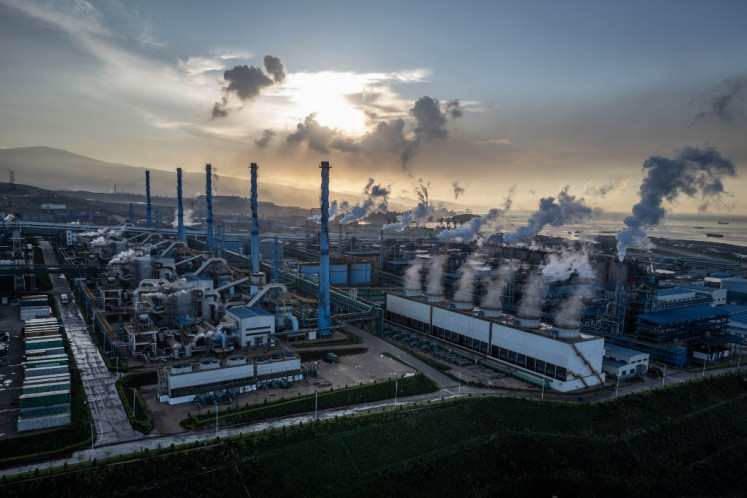Popular Reads
Top Results
Can't find what you're looking for?
View all search resultsPopular Reads
Top Results
Can't find what you're looking for?
View all search resultsIndonesia expects 42% increase in salt imports this year
Change text size
Gift Premium Articles
to Anyone
D
espite having the second-longest coastline in the world after Canada, Indonesia is aiming to import 3 million tons of salt this year, a 42.86 percent increase compared to 2.1 million tons last year.
Most of the imported salt will be used to meet the needs of the chemical industry. Last year, the industry absorbed 1.7 million tons of salt, while the remaining 400,000 tons were for public consumption, according to the data compiled by state-owned salt producer Garam.
“We are relatively self-sustainable in terms of salt for [public] consumption, but we still have a deficit in supplying salt for industrial use, thus salt imports are unavoidable. Every year, the industry’s demand keeps increasing,” said Garam president director R. Achmad Budiono in Kupang, East Nusa Tenggara (NTT), as quoted by kompas.com on Aug. 25.
Given its 34,000 miles of coastline, Indonesia’s maritime industry, including salt, is seen as having a lot of potential. However, while the full potential remains untapped, Australia and India benefit by shipping more than 1 million tons of salt to Indonesia per year.
Budiono expressed his optimism that the company would be able to fully supply salt for public consumption this year. Meanwhile, to reduce dependency on imported salt for industrial use, the company started developing a salt production center in Bipolo village, Kupang, in May.
The production center, being built on a 385-hectare plot of land, is expected to produce 50,000 tons of salt per year starting next October. It cost Rp 4.5 billion (US$340,000) in investment and is set to utilize another Rp 10 million for further development. (ags)










